
The Top 10 Indian Medicinal Plants You Can Easily Grow at Home
India is known for its rich tradition of Ayurveda and natural medicine. One of the key components of Ayurvedic medicine is the use of medicinal plants and herbs, many of which can be easily grown indoors. Not only do these plants have medicinal properties, but they can also add a touch of green to your living space.
Today, many of these plants are still used in traditional medicine and are popular for their medicinal properties. In this blog, we'll be discussing 10 easy-to-grow plants in India with medicinal benefits that you can keep indoors, bringing the ancient wisdom of Ayurveda into your modern home.
Before we hop into the world of medicinal plants, here is a brief warning that is worth noting.
Disclaimer: It is important to note that while these plants have many medicinal benefits, they should not be ingested without proper and professional advice. Some plants may have side effects or interact with certain medications, and it is important to consult a healthcare professional before using them as a form of treatment. Additionally, some plants may be toxic if ingested in large quantities or in the wrong way. While growing these plants indoors can be a great way to promote natural healing, it is important to use them safely and responsibly under the guidance of a qualified expert.
Holy Basil
Indian name: Tulasi
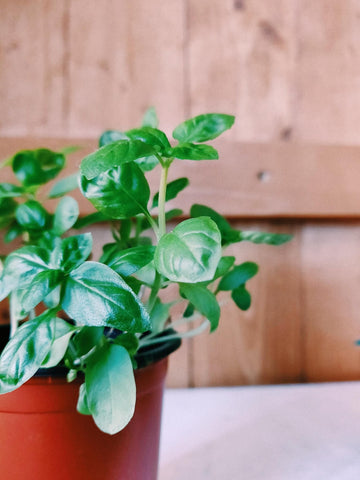
Tulsi, also known as holy basil, is one of the most widely grown sacred herb plants in India. It is believed to have several health and spiritual benefits, including reducing stress, boosting immunity, and improving digestion. Tulsi is easy to grow indoors and has antibacterial and anti-inflammatory properties, making it a powerful natural remedy for various ailments. Tulsi is often used in Ayurvedic medicine to treat respiratory illnesses and digestive problems.
Fenugreek
Indian Name: Methi

Fenugreek is a herb that is commonly used in Indian cuisine and is also known for its medicinal properties. It can be easily grown indoors and is often used to treat digestive problems and lower blood sugar levels, improving digestion, reducing inflammation, and lowering cholesterol levels. Fenugreek can also be used to treat menstrual cramps and improve milk production in nursing mothers.
Growing fenugreek indoors is fairly easy, as it doesn't require a lot of sunlight and can be grown in a small container. All you need is some soil, a container with drainage holes, and some seeds. Soak the seeds in water overnight, and then sprinkle them on top of the soil. Water the seeds regularly and keep the soil moist. The best part is that you can use the leaves in curries, salads, or garnish!
Curry Leaves
Indian name: Kadi Patta
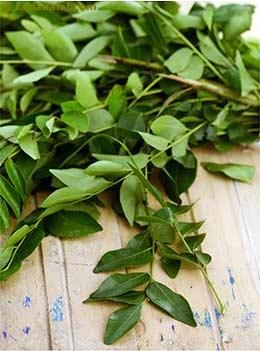
Curry leaves, or Kadi Patta in Hindi, are commonly used in Indian cooking and are also known for their medicinal properties. They are relatively easy to grow indoors and are often used to treat digestive problems and promote hair growth. This medicinal plant can also help regulate blood sugar levels and improve hair and skin health.
Growing curry leaves indoors is relatively easy, as they are low-maintenance and require minimal sunlight. All you need is a pot, some well-draining soil, and a sunny spot. Water the plant regularly, but make sure not to overwater, as that can cause the roots to rot. You can add curry leaves to your curries, and rice dishes, or even use them to make chutneys. Plus, having a curry leaf plant in your home can add a nice touch of greenery and aroma.
Mint
Indian name: Pudina
 Mint, or Pudina, is a fragrant herb that is easy to grow indoors and is known for its digestive and anti-inflammatory properties. Mint can also be used to treat headaches and menstrual cramps.
Mint, or Pudina, is a fragrant herb that is easy to grow indoors and is known for its digestive and anti-inflammatory properties. Mint can also be used to treat headaches and menstrual cramps.
To grow mint indoors, all you need is a pot, some potting soil, and a sunny spot. Just make sure to keep the soil moist and avoid overwatering. You can use the leaves in teas, salads, or as garnishes. Having mint in your home can also help repel insects and keep the air fresh.
Garlic
Indian name: Lehsun

Garlic is a versatile ingredient that is widely used in Indian cooking and is known for its many health benefits. It can help boost the immune system, lower blood pressure, and even improve cholesterol levels.
Growing garlic indoors is fairly easy and can be done in a pot or container. To get started, simply break apart a garlic bulb into individual cloves and plant them in soil, making sure that the pointed end is facing upwards. Place the container in a sunny spot and water the soil regularly. In a few weeks, you should start to see green shoots emerging from the soil. Once the leaves start to turn yellow and dry out, it's time to harvest the garlic bulbs! Having a garlic plant in your home can also help repel insects and keep the air fresh.
Brahmi
Indian Name: Bacopa Monnieri

Brahmi, also known as Bacopa monnieri, is a herb that has been used in Ayurvedic medicine for centuries. Growing Brahmi indoors is relatively easy, as it can thrive in low light conditions and doesn't require a lot of upkeep. To get started, you'll need a pot or container with well-draining soil and some Brahmi cuttings or seeds.
Plant the cuttings or seeds in the soil and keep the soil moist. Brahmi can take some time to grow, but with patience, you should see new leaves emerging from the soil in a few weeks. Once the plant is established, you can use the leaves to make Brahmi tea or add them to salads and soups.
Indian Ginseng
Indian name: Ashwagandha

Ashwagandha, also known as Indian ginseng, is a herb that has been used in Ayurvedic medicine for centuries. It is known for its ability to relieve stress, improve brain function, and even lower cholesterol levels. To grow Ashwagandha, grab a container with well-draining soil and some Ashwagandha seeds or cuttings.
Plant the seeds or cuttings in the soil and keep the soil moist. You can use the roots and leaves to make tea or soup; however, it's important to note that Ashwagandha should be used under the guidance of a healthcare professional, especially if you are pregnant, breastfeeding, or taking medication.
Carom Seeds
Indian Name: Ajwain
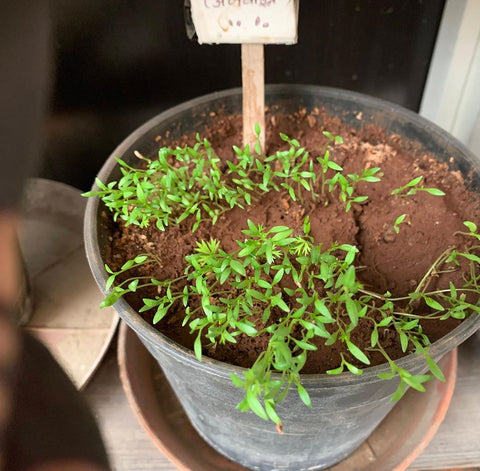
If you're a fan of Indian cuisine, you've probably tasted the deliciously pungent and slightly bitter flavour of Ajwain. Did you know that you can easily grow this tasty spice at home?
All you need are a few Ajwain seeds and a pot filled with well-draining soil. Plant the seeds and keep the soil moist, and in just a few weeks, you'll see new leaves sprouting up from the soil.
Once your plant is established, you can start adding fresh, homegrown Ajwain leaves and seeds to your curries, bread, and even pickles! Plus, having an Ajwain plant in your home can add a pop of green and a fresh aroma to your living space.
Disclaimer: Just remember to use ajwain in moderation, as its flavour can be quite strong if overused.
Lemongrass
Indian Name: Gavati Chaha
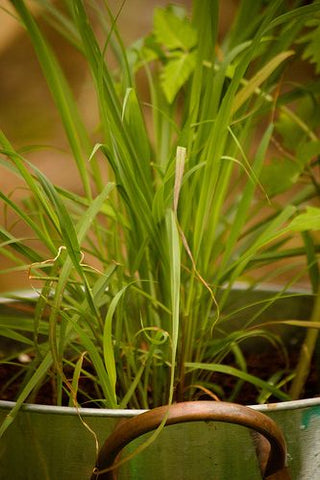
Lemongrass is a fragrant herb that is commonly used in Asian cuisine and is known for its fresh, citrusy flavour. Growing lemongrass indoors is a great way to have access to this herb year-round, and it's relatively easy to do. To get started, you'll need a pot or container with well-draining soil and some lemongrass stalks. Cut the stalks down to about 6 inches and place them in the soil, and keep the soil moist. Once the plant is established, you can use the leaves and stalks to add flavour to a variety of dishes, such as curries, soups, and teas.
Lemongrass also has many health benefits, such as aiding digestion and reducing inflammation. However, it's important to note that lemongrass can be a bit tough and fibrous, so it's best to chop it up finely before using it in your dishes.
Turmeric
Indian Name: Haldi

Turmeric, or "haldi" in Hindi, is a popular spice used in Indian cuisine that has many health benefits. known for its vibrant golden colour and distinct earthy flavour. Growing turmeric indoors is a great way to have a fresh supply of this spice on hand!
To grow turmeric, you'll need to start with a piece of fresh turmeric root, which you can find at most grocery stores. Fill a pot or container with well-draining soil and plant the root about two inches deep. Water the soil regularly and place the pot in a warm and sunny spot. Once the plant has grown a bit, you can harvest the rhizomes, or "fingers," by digging them up carefully. Fresh turmeric can be used in a variety of dishes.
Final Thoughts
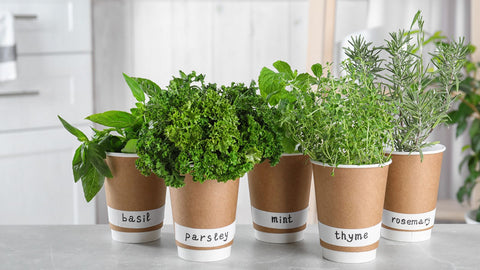
Growing your own medicinal plants can be a great way to promote natural healing and add some greenery to your home. With a little bit of patience and care, you can easily grow these plants and more right in your house.
Remember to always seek professional advice before ingesting any of these plants and to use them safely and responsibly.

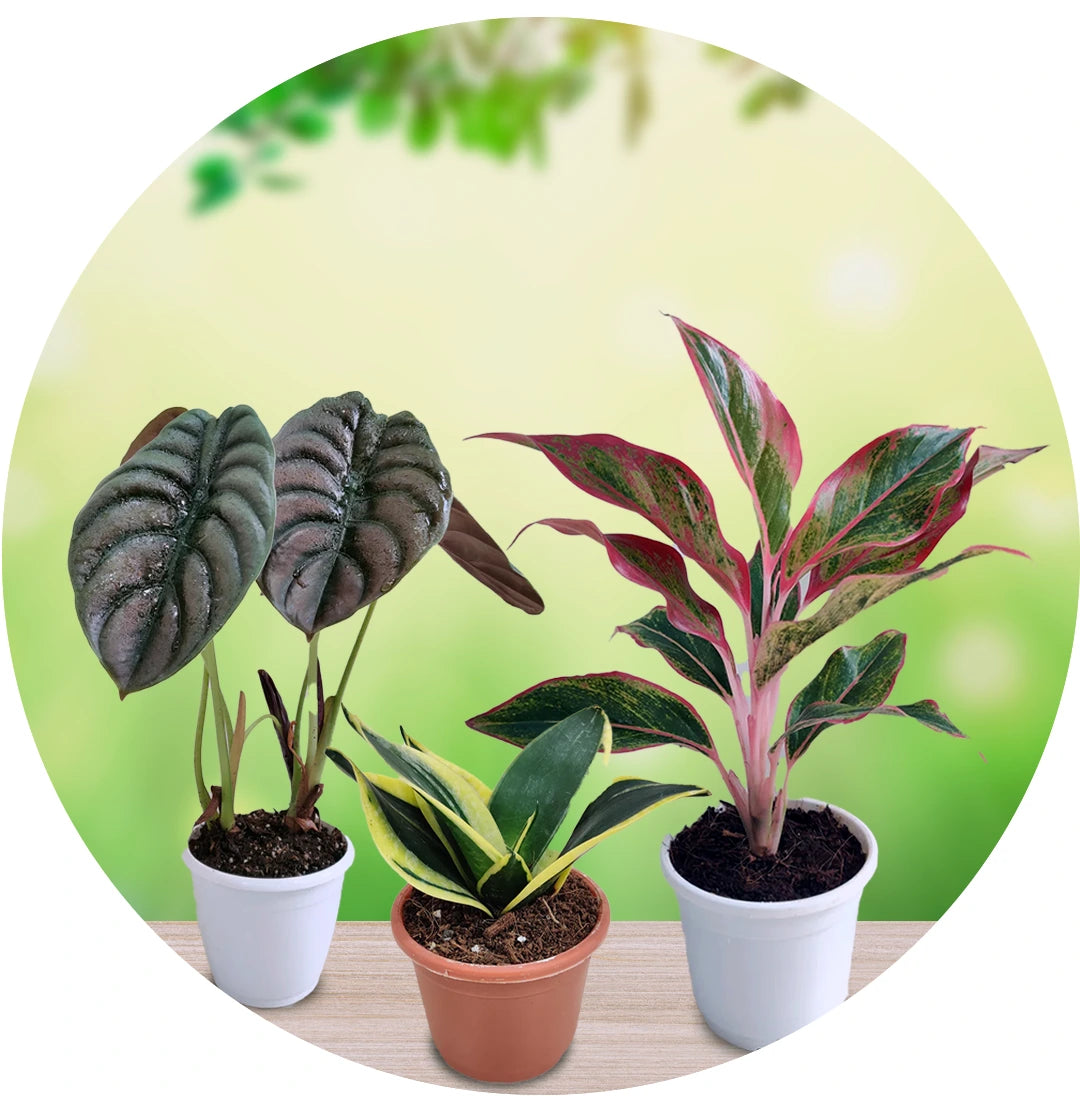
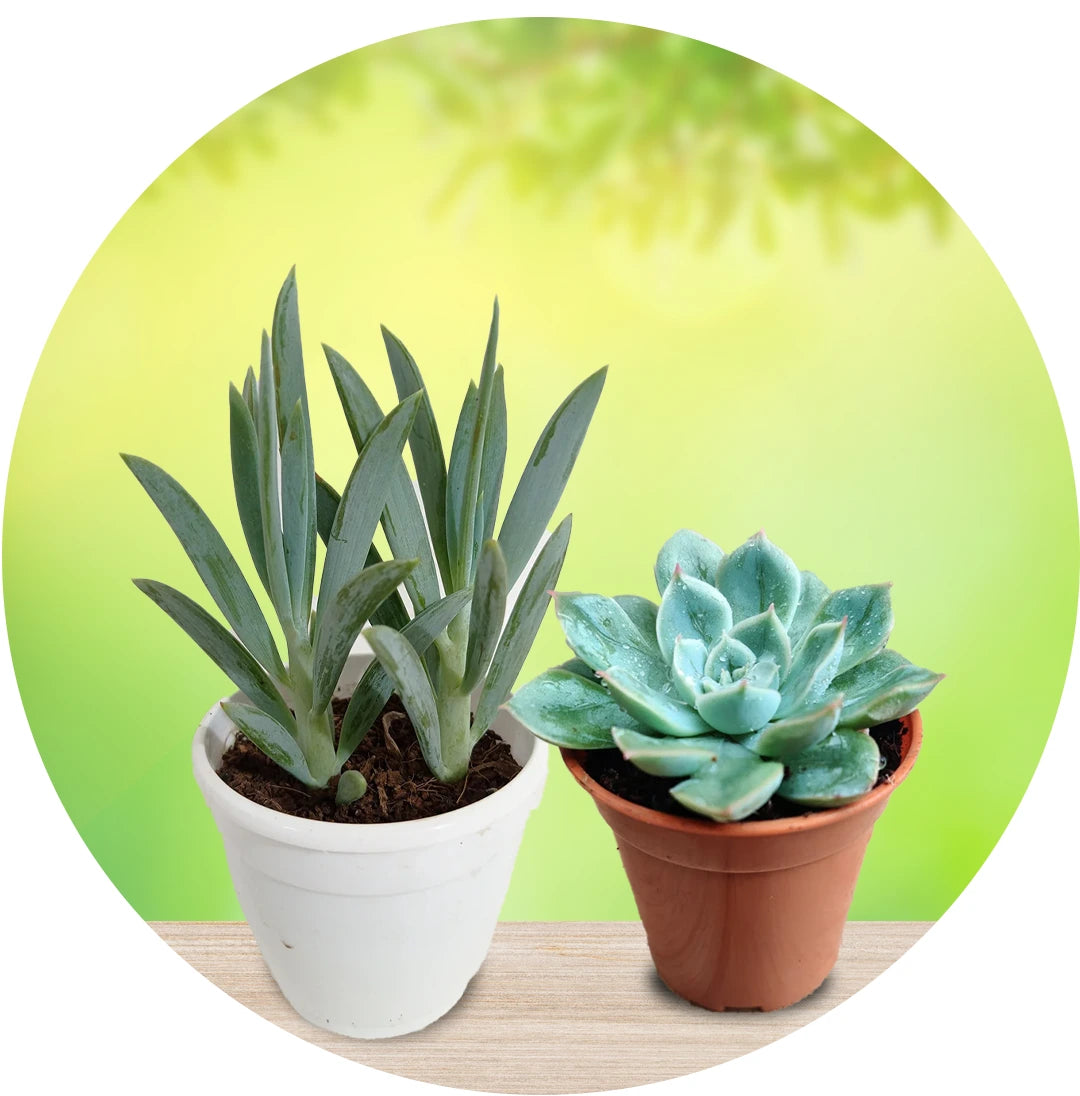
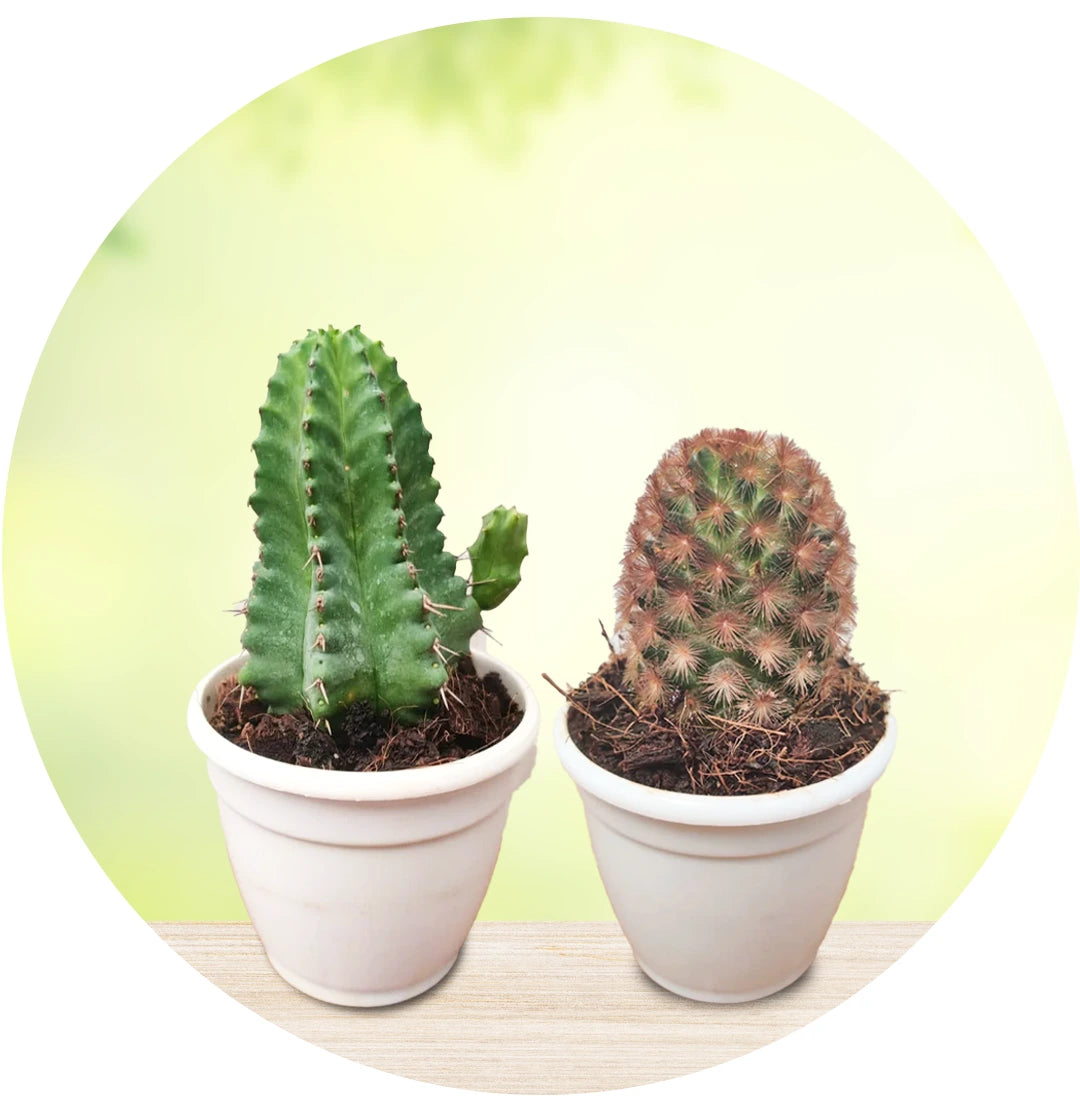
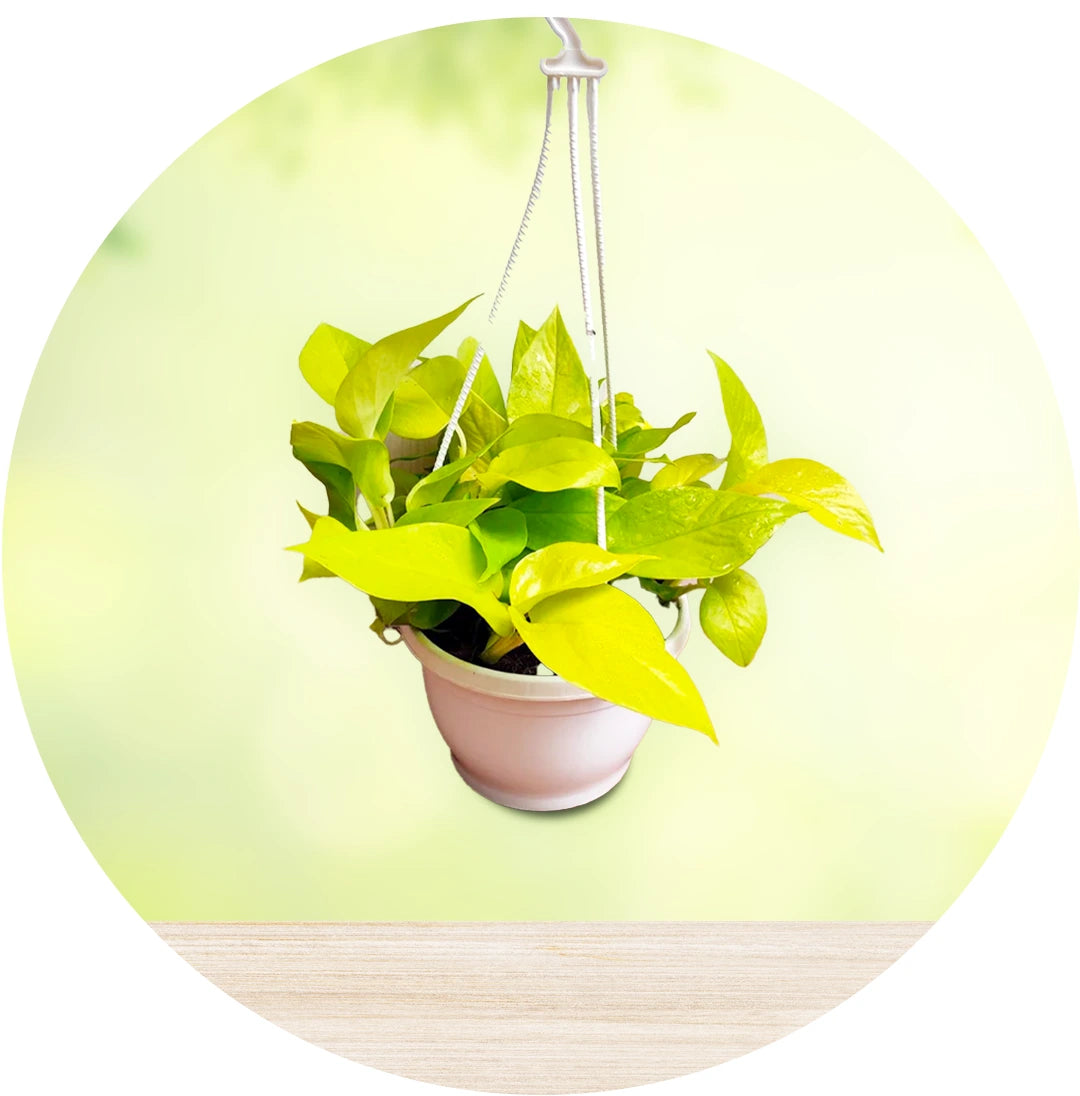
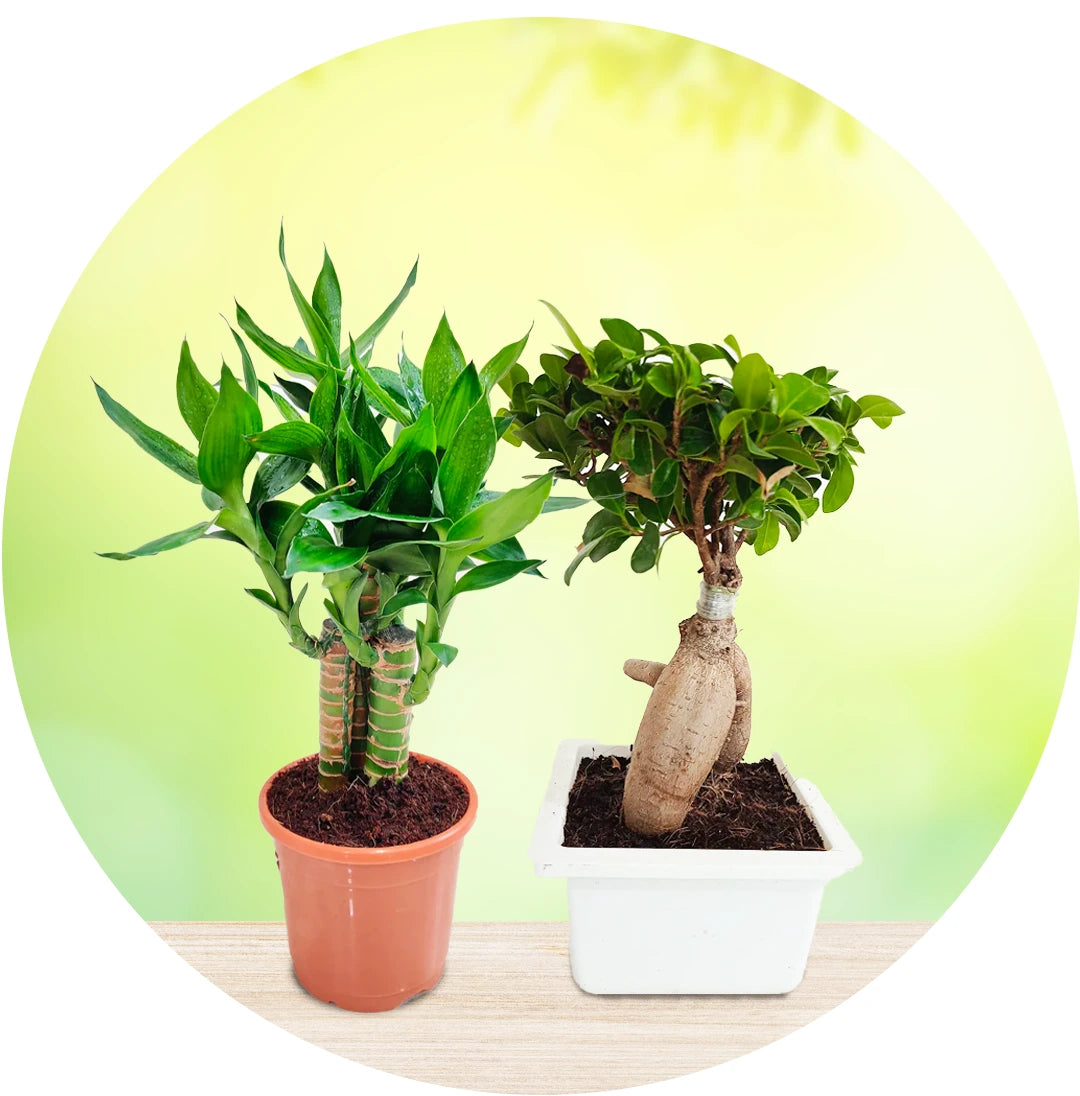
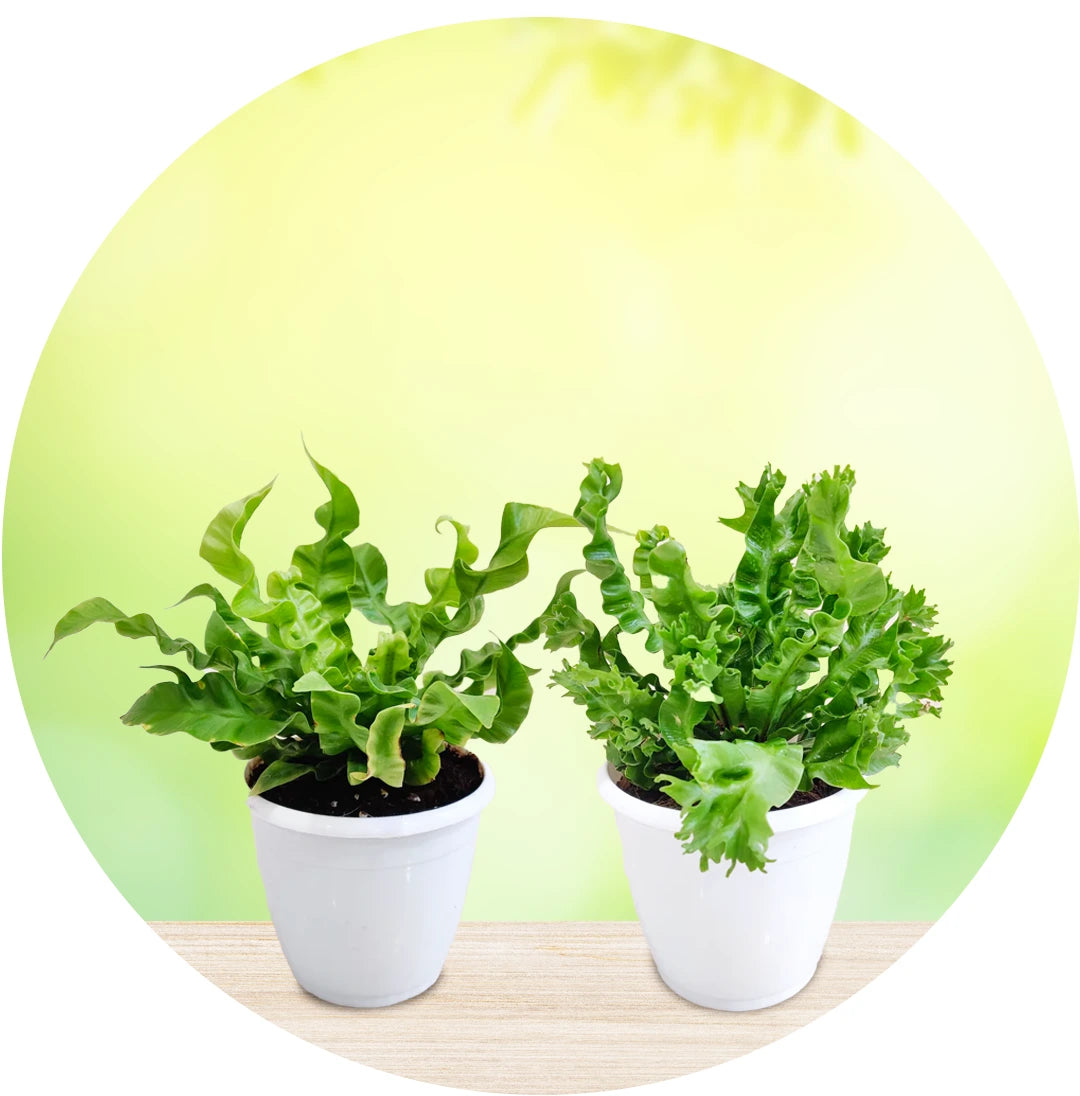
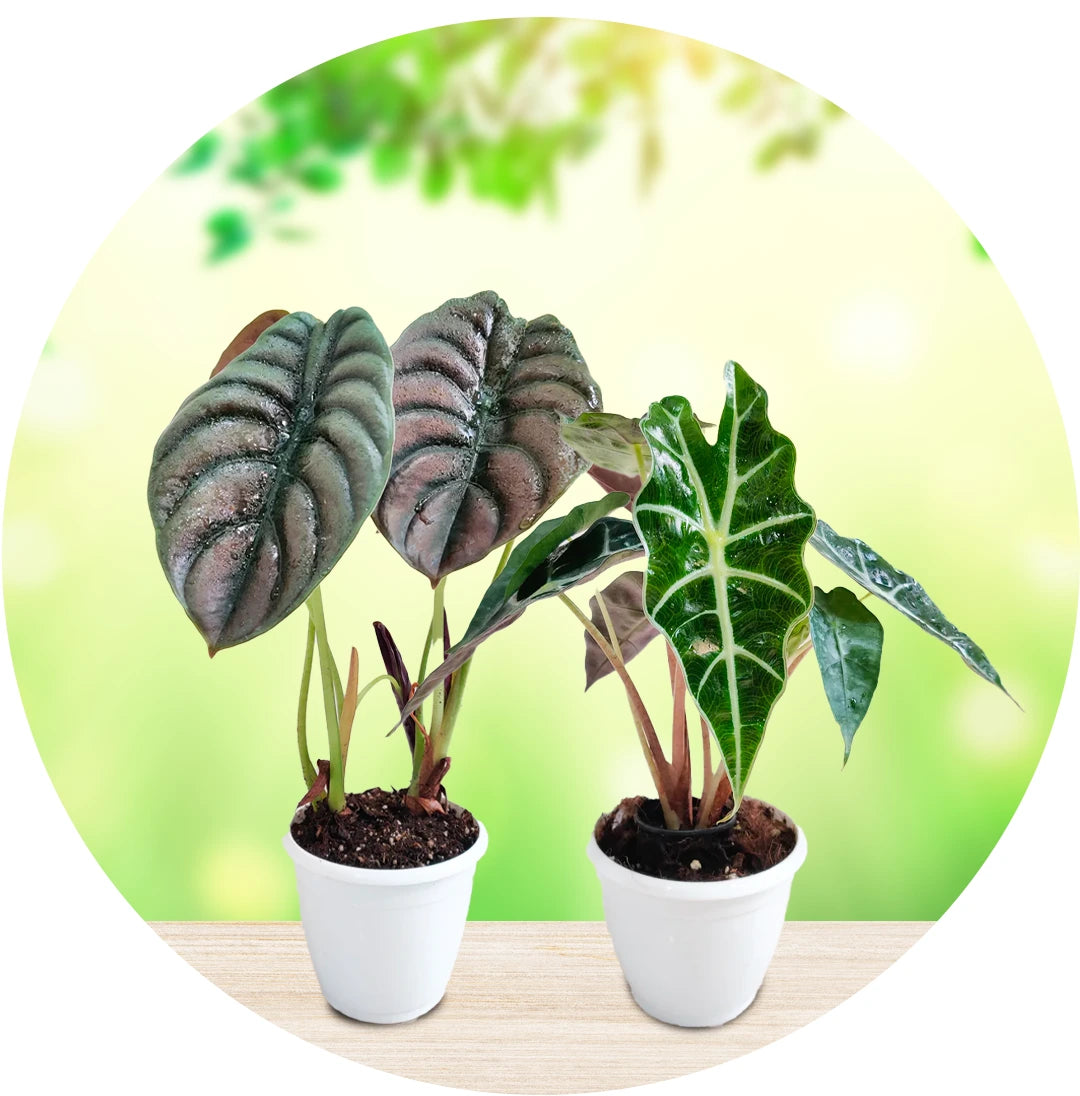
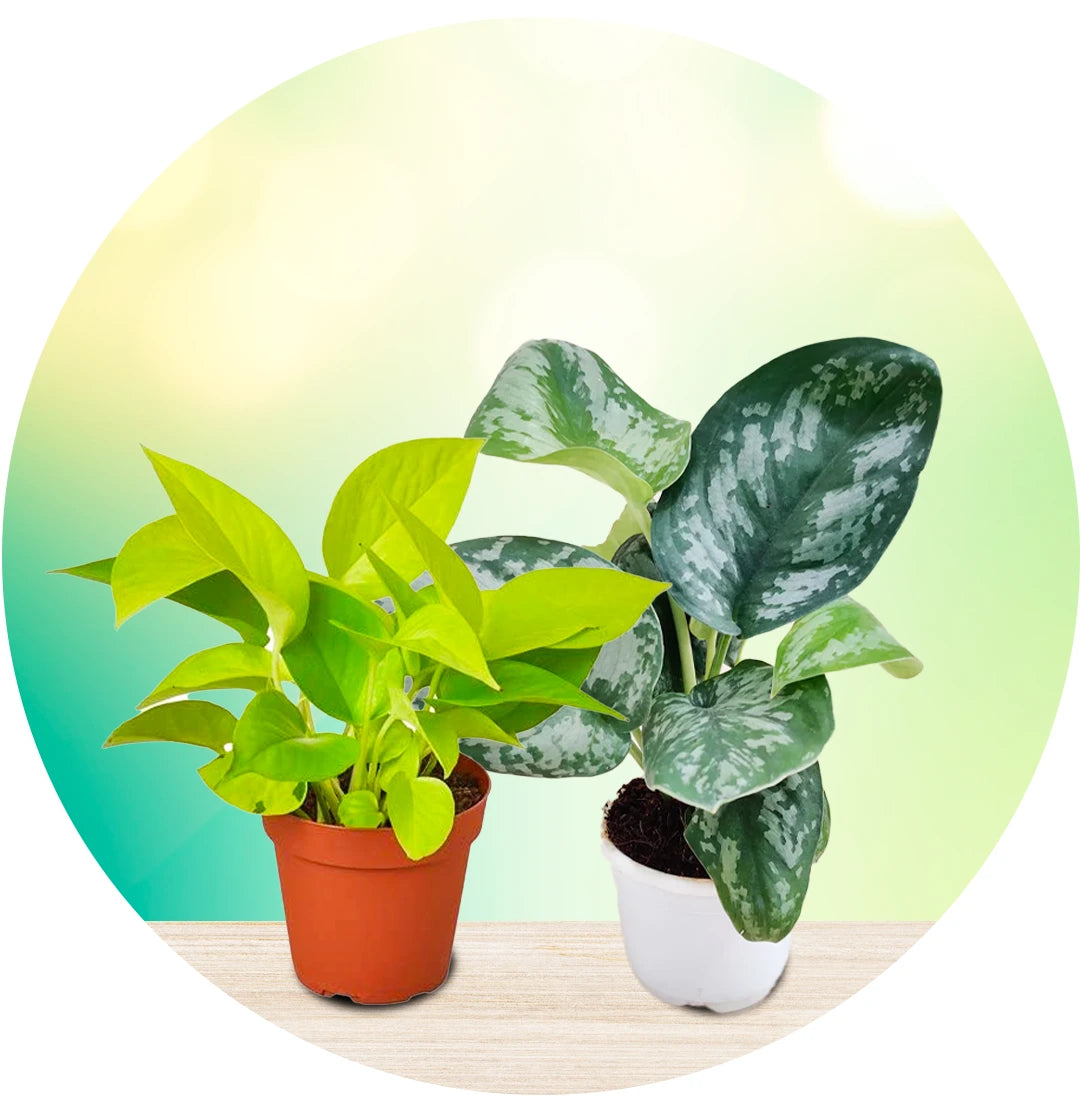
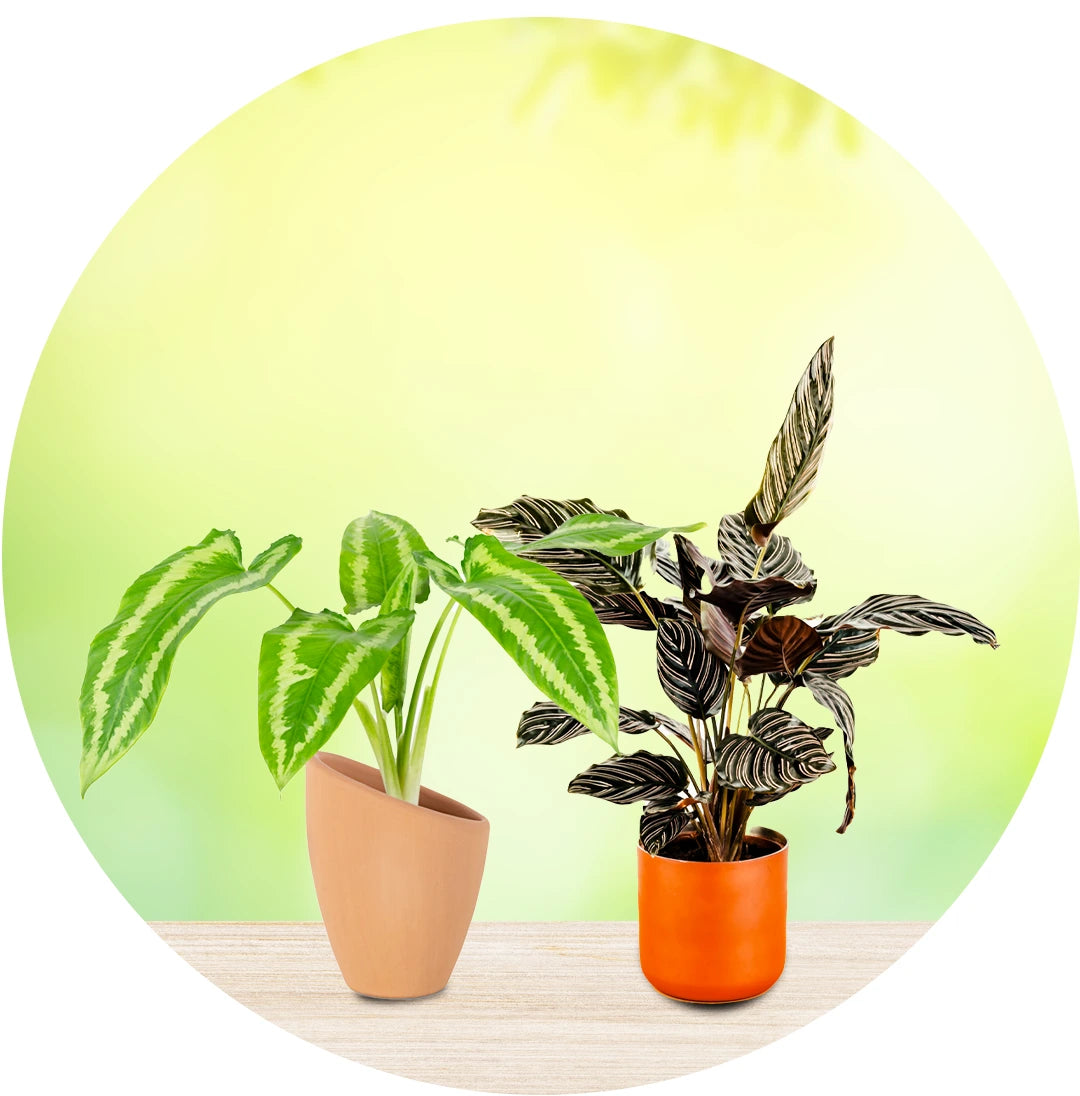
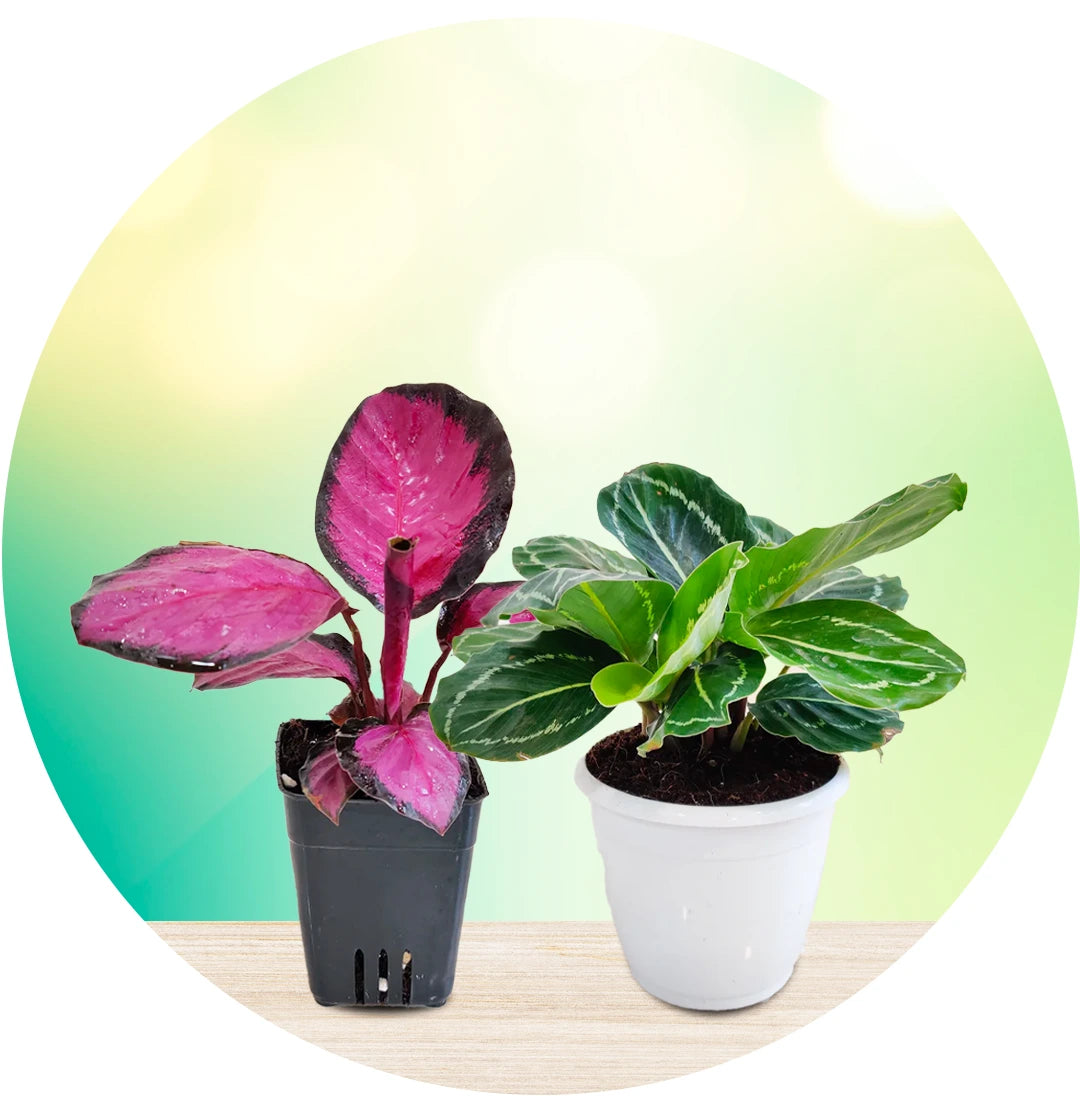
Leave a comment